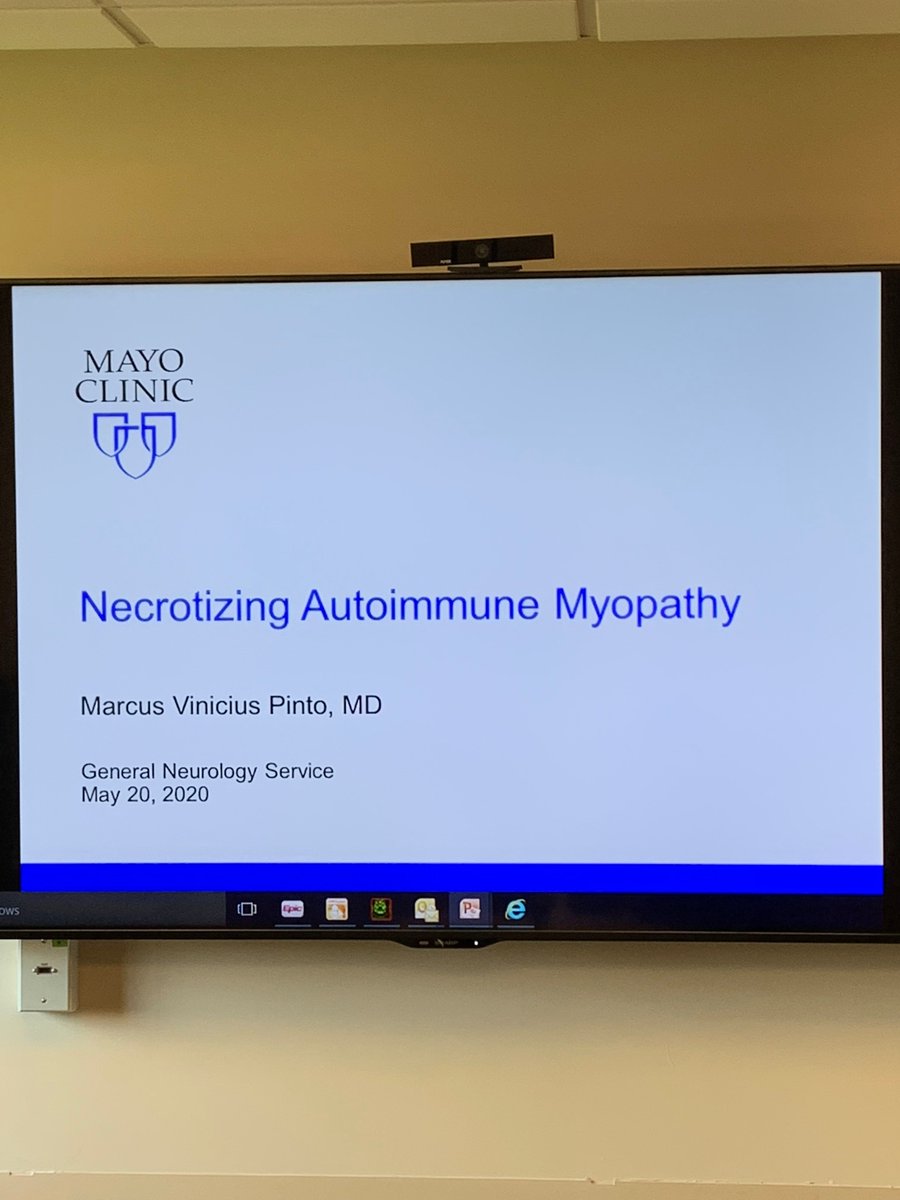
Peripheral Nerve Neurologist and Pathologist @MayoClinic. Check my Highlights for Peripheral Neuropathy Education.
How to get URL link on X (Twitter) App


 Toxic neuropathies usually present as a length-dependent sensory predominant axonal peripheral neuropathy, but may have severe motor involvement and even present like GBS.
Toxic neuropathies usually present as a length-dependent sensory predominant axonal peripheral neuropathy, but may have severe motor involvement and even present like GBS.
 Recent trials have demonstrated that giving a second dose of IVIg or repeating PLEX in severe cases is futile. Additionally, administering PLEX followed by IVIg does not improve outcomes. There is no evidence that PLEX after IVIg may be beneficial to patients who have “not responded” to IVIg, plus the potential harm of PLEX and a massive waste of money of washing out all the IVIg recently infused. The @PNSociety1 GBS guideline recommends against all this.
Recent trials have demonstrated that giving a second dose of IVIg or repeating PLEX in severe cases is futile. Additionally, administering PLEX followed by IVIg does not improve outcomes. There is no evidence that PLEX after IVIg may be beneficial to patients who have “not responded” to IVIg, plus the potential harm of PLEX and a massive waste of money of washing out all the IVIg recently infused. The @PNSociety1 GBS guideline recommends against all this. 


 These were patients seen by Dr. Dyck and/or Dr. Ed Lambert only. Eighty percent of these patients were referred by neurologists. Each patient underwent a detailed history and examination, along with nerve conduction studies (NCS), electromyography (EMG), quantitative sensory testing (QST), cerebrospinal fluid (CSF) analysis, and, in some cases, nerve biopsy.
These were patients seen by Dr. Dyck and/or Dr. Ed Lambert only. Eighty percent of these patients were referred by neurologists. Each patient underwent a detailed history and examination, along with nerve conduction studies (NCS), electromyography (EMG), quantitative sensory testing (QST), cerebrospinal fluid (CSF) analysis, and, in some cases, nerve biopsy.

 The lumbosacral plexus originates from the ventral rami of the L1-S4 nerve roots and consists of two main sections: the upper lumbar plexus and the lower lumbosacral plexus. The upper section is formed by the L1-L4 nerve roots, occasionally with input from the T12 root. Meanwhile, the lower section is derived from the L4-S4 nerve roots. Like the brachial plexus, structural variations, such as prefixed or postfixed configurations, are often observed. Anatomically, the plexus is embedded within the psoas major muscle and emerges from its lateral border. It provides motor and sensory innervation to the lower limb and pelvic region on the same side.
The lumbosacral plexus originates from the ventral rami of the L1-S4 nerve roots and consists of two main sections: the upper lumbar plexus and the lower lumbosacral plexus. The upper section is formed by the L1-L4 nerve roots, occasionally with input from the T12 root. Meanwhile, the lower section is derived from the L4-S4 nerve roots. Like the brachial plexus, structural variations, such as prefixed or postfixed configurations, are often observed. Anatomically, the plexus is embedded within the psoas major muscle and emerges from its lateral border. It provides motor and sensory innervation to the lower limb and pelvic region on the same side.

 Modern medical educators may not agree with a 10 point mnemonic but this was the 80s/90s and Dr. Dyck is a very thoughtful and comprehensive neurologist.
Modern medical educators may not agree with a 10 point mnemonic but this was the 80s/90s and Dr. Dyck is a very thoughtful and comprehensive neurologist.


 #NAM is an autoimmune myopathy characterized by severe proximal weakness, myofiber necrosis with minimal or no inflammatory infiltrates on muscle biopsy, and infrequent extra-muscular involvement.
#NAM is an autoimmune myopathy characterized by severe proximal weakness, myofiber necrosis with minimal or no inflammatory infiltrates on muscle biopsy, and infrequent extra-muscular involvement.